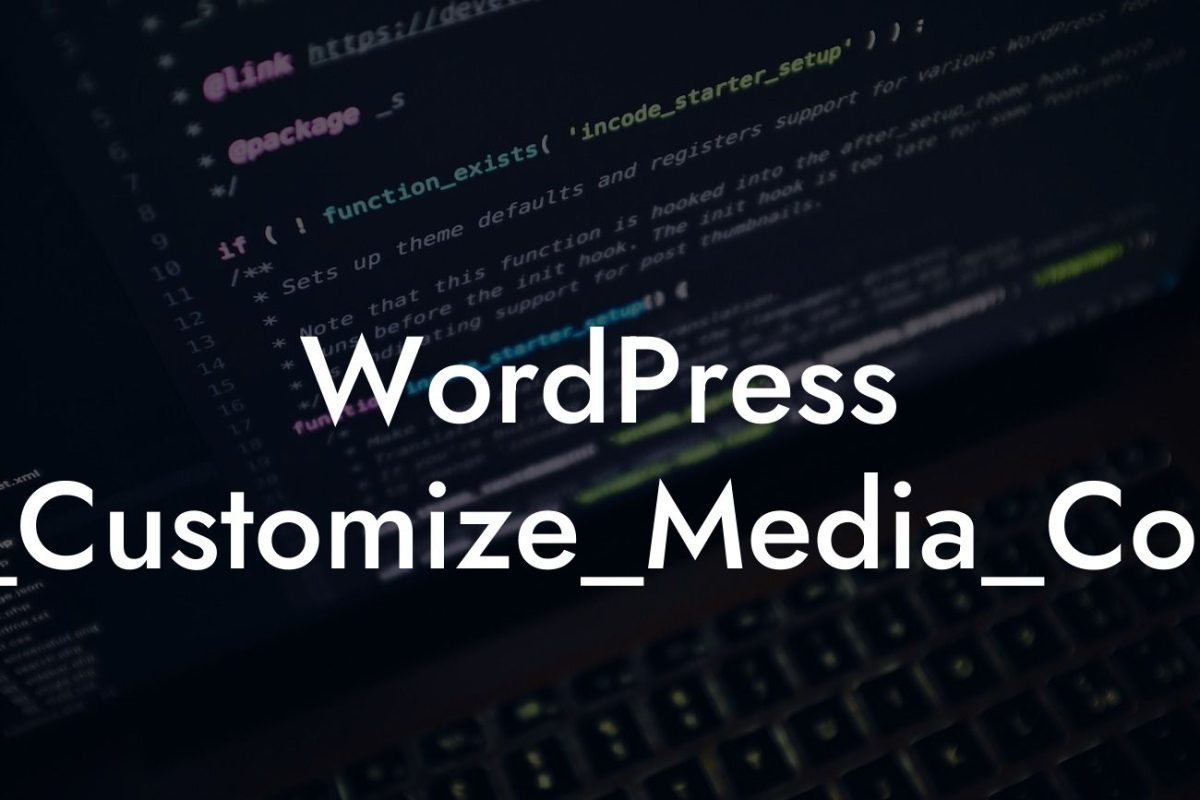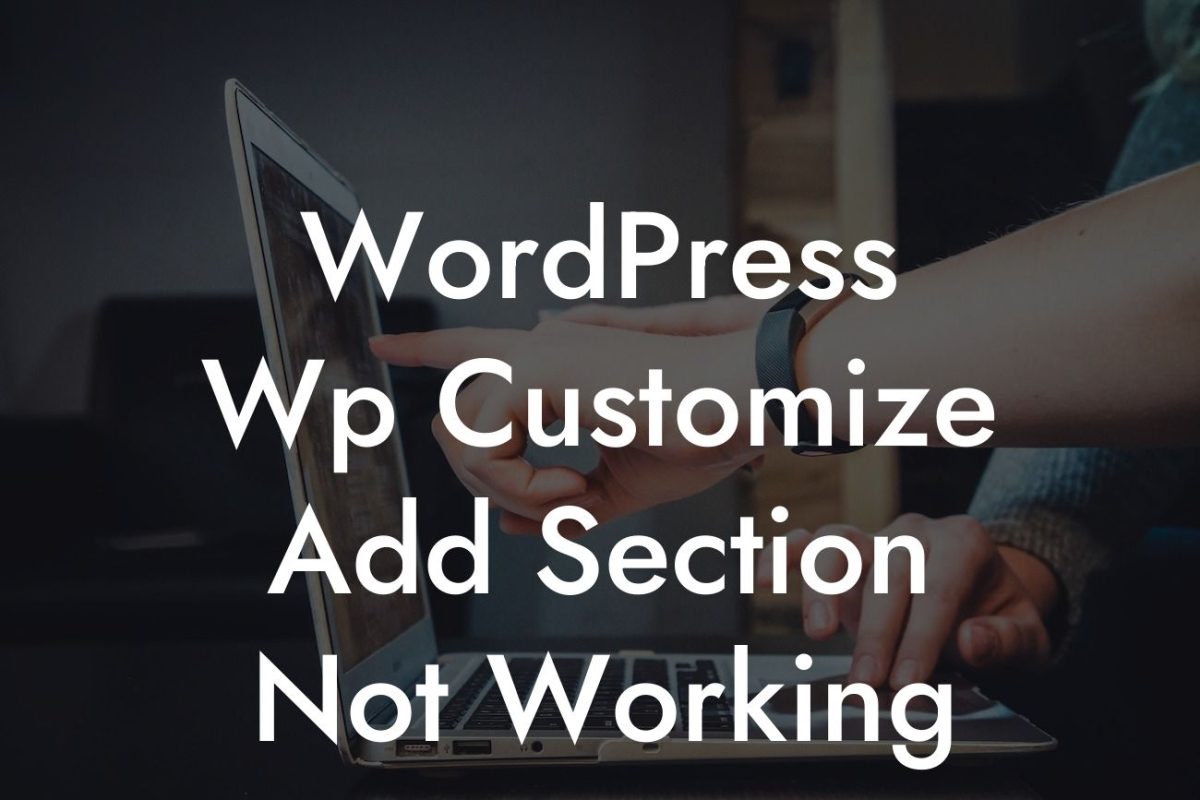Menus play a crucial role in guiding your website visitors and enhancing their browsing experience. But what if you want to create different menus for different pages on your WordPress website? Thankfully, with DamnWoo's powerful WordPress plugins, customization becomes a breeze. In this article, we will dive into the world of customizing menus for different pages in WordPress. Whether you run a small business or are an aspiring entrepreneur, this guide will equip you with the necessary knowledge to take your online presence to extraordinary levels.
In today's fast-paced digital era, having a unique and personalized website is essential to stand out from the crowd. DamnWoo's plugins empower small businesses and entrepreneurs with the ability to create tailored menus based on their specific page requirements. Let's explore the step-by-step process of customizing menus for different pages in WordPress.
1. Identify Your Target Pages:
Firstly, identify the pages for which you want to create custom menus. This could include the homepage, blog page, product pages, or any other sections that require a distinct navigation structure.
2. Install DamnWoo's WordPress Plugins:
Looking For a Custom QuickBook Integration?
To unlock the power of customizing menus, install DamnWoo's user-friendly plugins. These plugins have been exclusively designed for small businesses and entrepreneurs, ensuring seamless integration and effortless customization.
3. Access the Menu Editor:
Once the plugin is installed and activated, navigate to your WordPress dashboard and locate the "Appearance" tab. Click on "Menus" to access the menu editor.
4. Create a New Menu:
To create a custom menu for a specific page, click on the "Create a new menu" link. Give your menu a relevant and descriptive name. For example, if you are creating a menu for your blog page, name it "Blog Menu."
5. Assign the Menu to the Desired Page(s):
Select the page(s) for which you want to assign the custom menu. In the menu editor, under the "Menu Settings" section, check the box next to the desired page(s) and click on the "Add to Menu" button.
6. Customize the Menu:
Now comes the exciting part – customizing your menus! Drag and drop menu items from the left column into your newly created menu. You can add pages, posts, categories, or even custom links. Rearrange the order, create sub-menus, or utilize drop-down options to craft the perfect navigation structure.
Customize Menus For Different Pages Wordpress Example:
Let's consider a scenario where you have an e-commerce website selling clothing and accessories. You want to create a unique menu for your product pages to showcase different categories such as "Men's Clothing," "Women's Clothing," and "Accessories." By following the aforementioned steps, you can effortlessly assign a custom menu to your product pages and include relevant links and sub-categories. This ensures that your visitors can easily navigate through your website and discover the products they are interested in.
Congratulations! You now possess the knowledge to customize menus for different pages in WordPress. With DamnWoo's powerful plugins, you can unleash your creativity and create exceptional online experiences for your visitors. Don't forget to share this article with your peers and explore DamnWoo's other guides to enhance your WordPress skills further. Boost your online success with DamnWoo's awesome plugins and elevate your brand to extraordinary heights.













